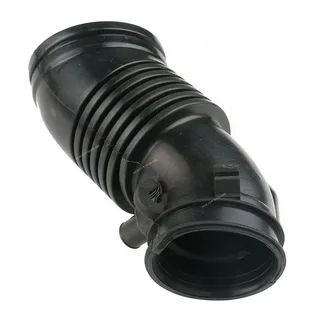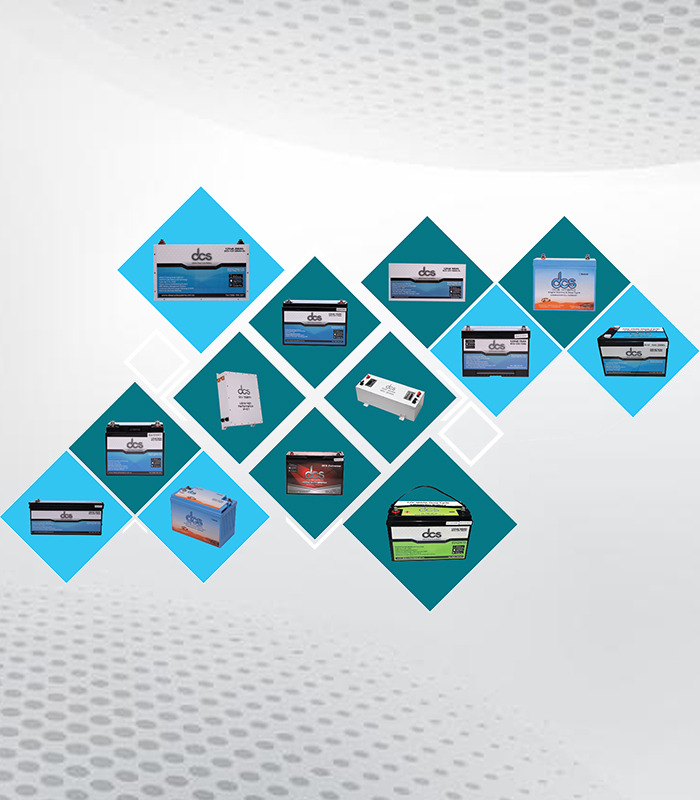When keeping your Honda Odyssey running smoothly, the air intake hose is crucial to the engine’s performance. This component delivers clean air to the engine, ensuring optimal combustion and efficiency. Understanding how to maintain and care for your Honda Odyssey Air Intake Hose is essential to prevent potential issues and costly repairs down the line. Regular inspection and cleaning can help identify early signs of wear and tear, such as cracks or leaks. Additionally, replacing the air filter periodically will ensure that the air intake system remains free of debris and contaminants.
Understanding the Role of the Hyundai Iload Air Intake Hose
The air intake hose for the Hyundai Iload, much like its counterpart in the Honda Odyssey, is an essential component of the vehicle’s engine system, albeit for a different model. This flexible tube is the conduit for outside air to reach the engine’s combustion chamber. In the Hyundai Iload, the air intake hose is crucial in maintaining engine efficiency and performance. Ensuring a steady and clean airflow supports the engine’s need for a precise mixture of air and fuel to initiate combustion.
Air entering the intake hose is first filtered to remove debris, dust, and other contaminants that could harm the engine. This clean air is mixed with fuel at a ratio carefully calculated for optimal combustion, which powers the vehicle. A well-functioning air intake hose is vital for this process, as any leaks or damage to the hose can lead to an incorrect air-fuel mixture. Such imbalances can result in various engine performance issues, from reduced power and acceleration to increased emissions.
The integrity of the Hyundai Iload Air Intake Hose is particularly important in the Hyundai Iload due to the vehicle’s typical use in commercial activities that may involve heavy loading and long driving hours. Ensuring this component is in good condition supports the engine’s longevity and contributes to the vehicle’s overall reliability and efficiency on the road.
Common Signs of a Faulty Air Intake Hose
Identifying issues with your Honda Air Intake Hose early can save you from facing more severe engine problems in the future. Be vigilant for certain indicators suggesting the hose might not function as it should. One of the first signs many drivers notice is the illumination of the check engine light on the dashboard. This light can signal various issues, including those related to the air intake system. Another telltale sign is a decline in fuel efficiency. Since the air intake hose is integral in maintaining the correct air-to-fuel ratio, any disruptions can lead to inefficient fuel use.
Furthermore, you might experience engine misfires or even stalling if the air intake hose is compromised. These symptoms occur when the engine does not receive the proper amount of air for combustion, affecting the vehicle’s performance. Additionally, listen for unusual noises from the engine area, such as loud hissing or sucking sounds, which often indicate air is escaping from cracks or unsealed connections in the hose.
A visual inspection might also reveal direct evidence of a problem, such as visible cracks, holes, or tears in the air intake hose. These physical damages indicate that the hose’s integrity is compromised, affecting its performance and possibly endangering the engine’s health. If any of these signs are present, conducting a thorough inspection and considering hose replacement is advisable to ensure your vehicle’s engine operates efficiently and safely.
Troubleshooting Air Intake Hose Issues
The air intake hose is a crucial component in your vehicle’s engine system, which directs air from the outside environment into the engine. Issues with this hose can reduce engine performance and fuel efficiency. Here’s a guide to troubleshooting common problems with the air intake hose.
1. Visual Inspection
Start by examining the air intake hose for any visible signs of damage. Look for cracks, tears, or loose connections. A damaged hose can lead to unmetered air entering the engine, which may cause rough idling or decrease engine performance.
2. Check for Leaks
Inspect the connections between the hose and the throttle body to the air filter box. Ensure that these connections are secure and that there are no leaks. Leaks can result in a check engine light and poor acceleration.
3. Listen for Unusual Noises
Pay attention to any hissing or whistling noises coming from the engine bay while the engine is running. These noises often indicate a leak in the air intake system.
4. Perform a Smoke Test
If visual and auditory inspections don’t reveal the problem, a smoke test can help. This involves introducing smoke into the intake system to identify leaks. Professional mechanics typically perform this test.
5. Replace the Hose if Necessary
Replacing the air intake hose may be necessary if you find damage or persistent issues. Use a high-quality replacement part that matches your vehicle’s specifications.
The Importance of Replacing a Damaged Air Intake Hose
Letting a damaged air intake hose linger without replacement is an oversight that can escalate into significant engine troubles, impacting the performance and longevity of your Honda Odyssey. A compromised hose fails to filter the air properly, allowing contaminants and particles to infiltrate the engine. This invasion can lead to the deterioration of internal engine components, which are often expensive to repair or replace.
Moreover, a breach in the air intake hose disrupts the delicate balance of the air-to-fuel ratio necessary for efficient combustion. Such imbalance can diminish engine performance, manifesting as decreased power, poor acceleration, and erratic engine operation. In severe cases, these issues affect your driving experience and contribute to increased fuel consumption and elevated emission levels, potentially causing your vehicle to fail emissions testing.
Immediate replacement of a faulty air intake hose is not merely a preventive measure but a crucial step in safeguarding your engine against further damage. When selecting a replacement, opting for a high-quality hose ensures that the repair lasts, preventing the recurrence of similar issues. This proactive approach not only maintains the engine’s performance but also contributes to the overall reliability and efficiency of your Honda Odyssey. Addressing air intake hose problems at the first sign of trouble can avert more serious engine complications, underscoring the importance of timely replacement and attentive maintenance practices.
Selecting the Right Replacement Hyundai Imax Air Intake Hose
When maintaining your Hyundai Imax, choosing the correct replacement air intake hose is crucial for optimal engine performance. Here’s a guide to help you select the right one.
Understand the Function
The air intake hose directs air from the outside environment into the engine’s intake manifold. This air is mixed with fuel to create the combustion necessary for engine operation. A properly functioning air intake hose ensures the engine receives clean air, enhancing performance and fuel efficiency.
Check Compatibility
Before purchasing a replacement Hyundai Imax Air Intake Hose, verify its compatibility with your Hyundai Imax model. Look for part numbers and specifications in your vehicle’s manual or consult with a dealership. An incorrect hose can lead to poor engine performance and potential damage.
Material Quality
Air intake hoses are typically made from rubber or silicone. Rubber hoses are cost-effective but may wear out more quickly. Silicone hoses, on the other hand, offer better durability and resistance to high temperatures and chemical exposure. When choosing the material, consider your driving conditions and budget.
Inspect for Damage
If you’re replacing the hose due to visible damage, such as cracks or holes, ensure the new hose is free from defects. Inspect both ends of the hose for a proper fit to avoid air leaks.
Preventive Maintenance Tips to Extend the Lifespan of Your Air Intake Hose
To ensure the longevity of your Honda Air Intake Hose, adopting a proactive approach to maintenance is key. Here are several practical tips to help you achieve this goal:
Conduct routine checks on the air intake hose, especially during oil changes or other maintenance tasks. This can help you catch any signs of wear or damage early, preventing minor issues from escalating.
Keep the air filter clean. A clogged or dirty air filter can cause debris and contaminants to accumulate in the air intake hose, potentially leading to damage over time. Regular cleaning or replacing the air filter according to the manufacturer’s guidelines can help mitigate this risk.
Ensure that the connections at both hose ends are tight and secure. Loose connections can lead to air leaks, which might compromise engine performance and vehicle efficiency.
Be mindful of the driving conditions to which you expose your vehicle. Avoid situations that could physically damage the hose, such as driving through excessively rough terrain or deep water, as these conditions can lead to premature wear or even tears in the hose.
Adhering to the vehicle manufacturer’s recommended maintenance schedule is critical. This schedule ensures all components, including the air intake hose, are checked and serviced at appropriate intervals.
By incorporating these preventive maintenance practices, you can significantly reduce the likelihood of encountering air intake hose issues, thereby maintaining the optimal performance of your Honda Odyssey’s engine.
Conclusion
Caring for the air intake hose of your Honda Odyssey is more than just routine maintenance—it’s about ensuring the longevity and efficiency of your vehicle’s engine. The Honda Odyssey Air Intake Hose is a vital component that demands attention and care. By keeping abreast of its condition and being proactive in its maintenance, you safeguard your engine’s performance and contribute to the overall dependability of your Honda Odyssey. Regular inspections and promptly addressing signs of wear or damage can avert more significant, costly issues.
FAQS
Q: How frequently should the Honda Odyssey Air Intake Hose be checked?
A: Ideally, you should check the Honda Odyssey Air Intake Hose as part of your regular vehicle maintenance routine or for signs of potential damage, such as decreased fuel efficiency or unusual engine noises. Regular checks help identify issues early, preventing more serious problems.
Q: Is it possible for me to replace the air intake hose on my own?
A: You can replace the air intake hose if you possess basic automotive repair skills. However, for the best results and to ensure the hose fits correctly without any leaks, seeking assistance from a professional mechanic is advisable. They can ensure the installation is done correctly and safely.
Q: What determines the durability of an air intake hose in a Honda Odyssey?
A: The durability of an air intake hose largely depends on various factors, including material quality, driving conditions, and how well the vehicle is maintained. Adherence to a regular maintenance schedule and taking preemptive measures to address any issues can significantly extend the lifespan of your air intake hose.
Q: Can driving conditions affect the lifespan of my air intake hose?
A: Yes, driving conditions can greatly influence the lifespan of your air Intake hose. Exposure to extreme temperatures, oil or chemical spills, and driving in highly polluted or dusty areas can accelerate wear and tear. Minimising exposure to these conditions and maintaining cleanliness can help preserve the hose’s condition.
Q: Are there any signs that indicate it’s time to replace the air intake hose?
A: Key indicators include a noticeable decline in fuel efficiency, strange noises from the engine such as hissing, engine misfires, or the check engine light turning on. Any of these signs warrant a closer inspection of the air intake hose for potential issues.




